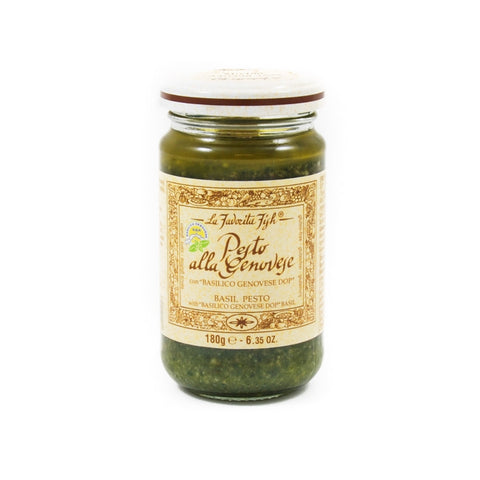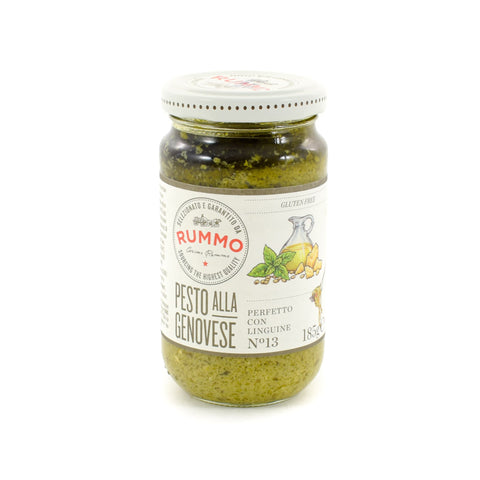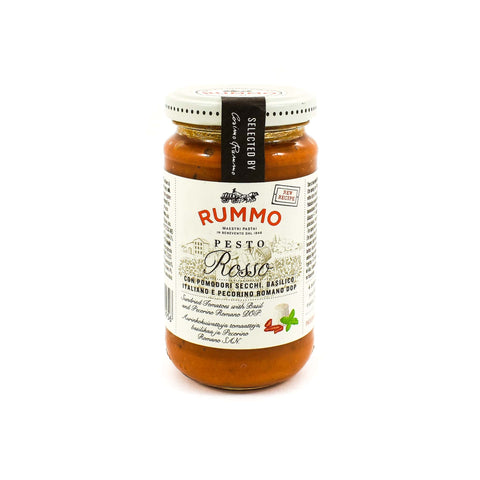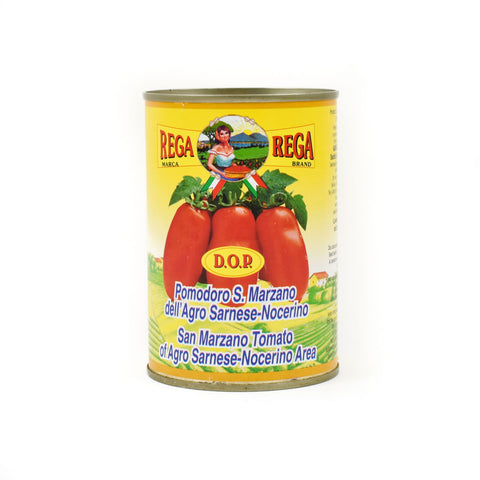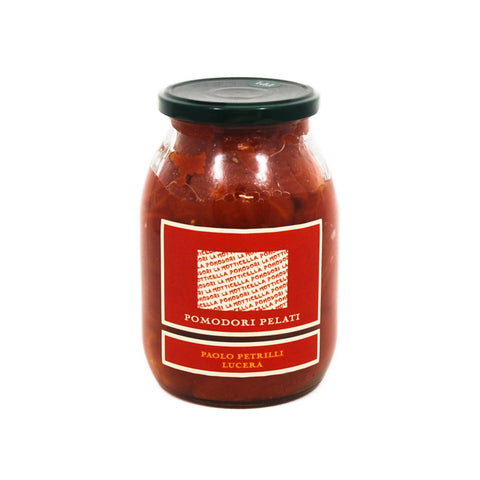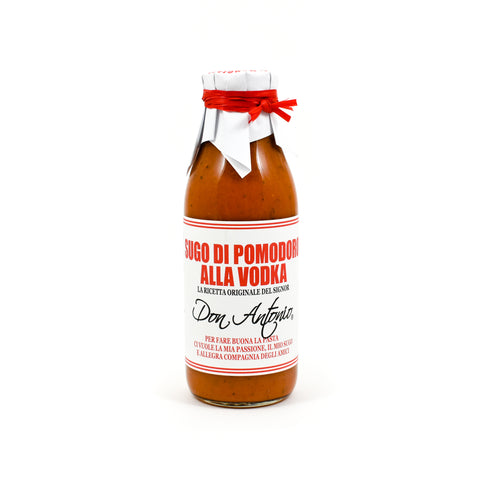The Ultimate Guide To Pasta Sauces
by Ellie Edwards

Do different parts of Italy use different pasta sauces?
Each region of Italy is known for a different pasta dish.
- Rome prides itself on cacio e pepe - made with unsalted butter, black pepper, hard cheese (parmesan and pecorino) and pici, spaghetti or other strands of pasta
- Bologna has bolognese, and is typically made by frying diced vegetables (celery, carrots and onion) in oil with pancetta, minced beef, pork, white wine and passata. It is often served with tagliatelle as the thicker strands pick up more sauce
- Naples is known for puttanesca. This fish-based pasta dish is made with spaghetti, tomatoes, olives, capers, garlic, and anchovies
The ingredients used in each pasta dish are traditionally dependent on what is grown or produced in the area. Seafood (in particular anchovies) is abundant along the coast, so sauces based around tuna, prawns and sardines are common in ports and fishing villages.
Mountainous regions have roaming cattle so you’ll find kid goat and wild boar ragùs. Although technically not a sauce, broths (brodo) are typically served in northern Italy. Meat stocks are left to simmer, then act as a base for pasta to sit and soak in.
How to make pasta sauce
How to make pasta sauce depends on which ingredients you want to use or have on hand. A classic tomato pasta sauce can be made with tinned or fresh tomatoes, basil, garlic and olive oil. Simply simmer the ingredients in a pan and bubble away, tasting and seasoning with salt and pepper until you’re happy. The longer the sauce cooks for, the more infused the flavour will be, so try and let it cook away for a while.
Pesto sauce
Pesto sauce is a great way of using up herbs and nuts. A classic pesto sauce is made by crushing garlic with salt in a pestle and mortar, then adding bashed basil leaves, pine nuts, parmesan cheese and olive oil and grinding until you have a pourable consistency.
Basil and pine nuts are interchangeable, with coriander and mint both making great alternatives, while pine nuts can be swapped for pistachios, walnuts, cashews and even almonds. The final flavour will be slightly different - mint, for example, will produce a fresher sauce, whereas coriander will have zingy, citrusy notes.
If you want to add another flavour to pesto, sun-dried tomatoes and jarred red peppers make for a sweeter sauce while harissa provides a spicy kick.
La Favorita’s pesto is made with basil from Genova - the home of pesto. The DOP status also ensures that traditional farming methods are used. This includes the use of wholly natural fertilisers, and harvesting the basil by hand 30 days after the seeds are sown. La Favorita’s pesto is suitable for vegans, too, made with olive oil, cashews, ‘Basilico Genovese DOP’ basil, sea salt and pine nuts.
Rummo’s basil pesto is a traditional recipe of Grana Padano and Pecorino Romano cheese blended with basil, cashews and pine nuts. Use it to make Ligurian classic pasta alla Genovese by stirring through spaghetti.
Add colour and a tangy flavour to linguine with this ricotta-based pesto.
Cheesy pasta sauce
Cheesy pasta sauce and white sauces are traditionally used as layering sauces for lasagnes, or mixed with macaroni to make indulgent mac ‘n’ cheese. A white sauce calls for three ingredients: butter, plain flour and milk, and to make a cheesy pasta sauce, you just need to add grated hard cheese like cheddar to a white sauce base. If you’re layering white sauce in a lasagne, mozzarella is usually added as it melts and creates a stringy texture.
Carbonara is a rich pasta dish originating from Rome. The cheese sauce is an emulsion created by mixing egg yolks with grated hard cheese (pecorino romano or parmigiano-reggiano) and black pepper. Tossing the pasta in this sauce off the heat is essential. This prevents the eggs from curdling, instead creating a glossy cheese sauce.
Another Roman dish, cacio e pepe, is created in a similar way. Carbonara uses eggs and pork, whereas cacio e pepe sauce is created by melting butter with crushed black pepper, then adding grated hard cheese after the pasta is added, tossing it through the pasta until it gently melts. Neither of these cheese sauces require flour.
How to make tomato pasta sauce
San Marzano tomatoes are a type of plum tomato, distinguished by their elongated shape. The tomatoes have a lower water content and fewer seeds than some others, which makes them a great choice for using in tomato pasta and pizza sauces. Read more about the prized San Marzano tomatoes here
If you’re making tomato pasta sauce with tinned tomatoes, try these great storecupboard tins that’ll give you a sweet, fresh sauce.
Bursting with flavour and rich in vitamins, San Marzano tomatoes are a staple in nearly every Italian kitchen and make for a sweet sauce.
Paolo Petrilli's organic peeled tomatoes make an outstanding tomato puree for pizza and your best ever pasta sauce. They are long, sweet, and incredibly juicy plum tomatoes from southern Italy.
What’s the difference between passata and tomato purée?
Tomato passata is a ready-to-use pasta sauce. It doesn’t require any cooking and can be used straight from the jar in pasta dishes and on top of pizza bases.
Tomato purée is a thick paste and usually used in smaller quantities to add a more intense flavour and viscosity to a sauce.
Why vodka pasta sauce?
Vodka pasta sauce is an Italian-American pasta sauce which calls for a splash of the potato-based spirit to be added towards the end of the cooking time for a punchy kick. Tomato paste (also known as purée) is used in place of tinned or fresh tomatoes to produce a more concentrated flavour, with double cream adding a velvety texture.
A touch of vodka gives this creamy tomato sauce a kick. The spirit boosts the peppery notes to the tomato sauce.
Can pasta sauce be used for pizza?
The only difference between pasta sauce and pizza sauce is that pizza sauce is often uncooked, while pasta sauce is slowly simmered. To use homemade tomato sauce for your pizzas, let it cool slightly before spooning over your pizza base.
Which sauces go with which pasta shapes?
Which pasta shape goes with which pasta sauce is a controversial topic, with many believing that bolognese should be eaten with wider pasta strands such as tagliatelle instead of, as is often served, spaghetti. This means there’s more surface area for the sauce to cling onto.
There’s no right or wrong way to enjoy a bowl of pasta, but below are the traditional sauce and shape combinations:
- Chunkier, meat-based sauces work better with larger, wider pasta shapes such as pappardelle, tagliatelle and conchiglioni
- Pesto sits well on smaller pasta strands, in particular linguine and spaghetti
- Smooth sauces such as tomato cling onto pasta shaped with ridges, think rigatoni, fusilli and tortiglioni
- Mini shapes including macaroni and orzo are best eaten in soups and broths

About the author
Ellie Edwards is a food writer for Sous Chef. Previously she worked at olive magazine, writing about exciting new ingredients, UK restaurants and travelling the world to find the best cinnamon buns. When she's not exploring the likes of Belize, Kerala and Zanzibar, Ellie loves rustling up a feast in her London kitchen, with a particular passion for porridge, sourdough and negronis.
